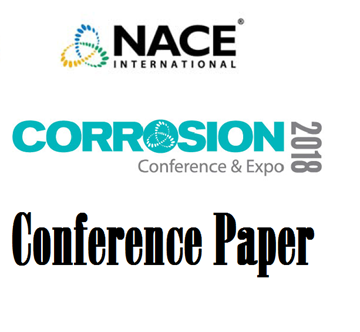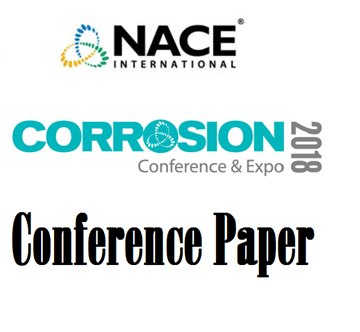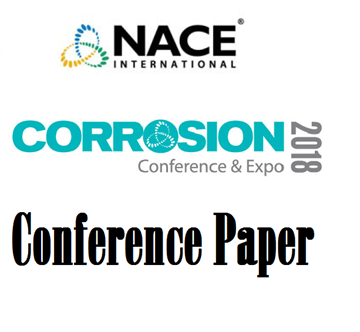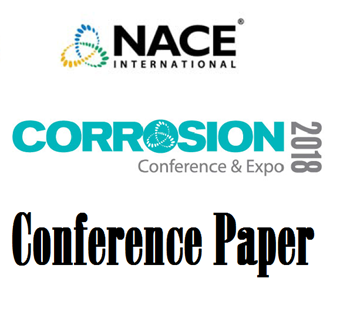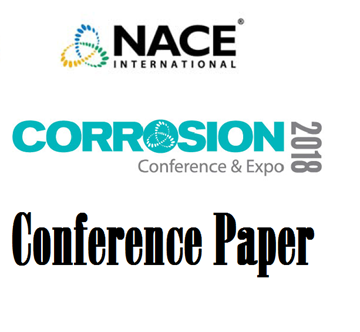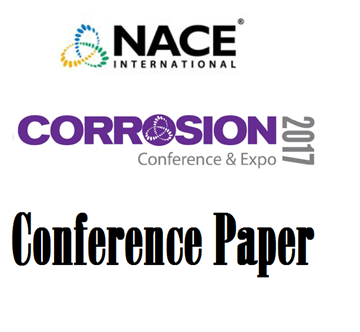Search
Products tagged with 'carbon steel'
View as
Sort by
Display
per page
51318-11193-Corrosion Inhibition of Carbon Steel under Supercritical CO2/H2S Environment
Product Number:
51318-11193-SG
Publication Date:
2018
$20.00
51318-11269-Localized Corrosion in the Presence of Corrosion inhibitors at High Flow Velocities in CO2 Environment
Product Number:
51318-11269-SG
Publication Date:
2018
$20.00
51318-11374- The Effect of Extractives on the Passivation of Carbon Steel in Synthetic Black Liquor Environments
Product Number:
51318-11374-SG
Publication Date:
2018
$20.00
51318-11429-Formation of strong acids in dense phase CO2
Product Number:
51318-11429-SG
Publication Date:
2018
$20.00
51318-11455-Development of a Corrosion Control Program for Hanford Waste Treatment Plant Recycle Strategy
Product Number:
51318-11455-SG
Publication Date:
2018
$20.00
51318-11456-Pitting Corrosion Inhibition of Carbon Steel in Simulated Liquid Radioactive Waste at Elevated Hydroxide Concentrations
Product Number:
51318-11456-SG
Publication Date:
2018
$20.00
51318-11566- SCC Susceptibility and the Passive Film Evolution of Carbon Steel in Hanford Waste Simulants
Product Number:
51318-11566-SG
Publication Date:
2018
$20.00
A comparison among different electrochemical hydrogen charging methods tested on low alloy steels
Product Number:
51323-18866-SG
Publication Date:
2023
$20.00
A Multielectrode Array Sensor for Coating and Pretreatment Evaluation on Carbon Steels
Product Number:
51317--9011-SG
ISBN:
9011 2017 CP
Publication Date:
2017
$20.00
A New Prediction Tool For Sulfidation Corrosion In Crude Units
Product Number:
51321-16762-SG
Publication Date:
2021
$20.00
A Novel Corrosion Rate Monitoring Method For Steel In Soil Based On Tafel Extrapolation Method
Product Number:
51321-16967-SG
Publication Date:
2021
$20.00
A Study of the Compatibility of Carbon Steel for MEG Reclaiming Systems: Impact of pH Adjustment
Product Number:
51323-19467-SG
Publication Date:
2023
$20.00

